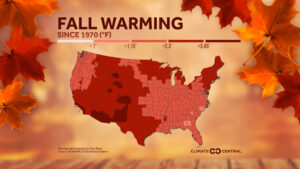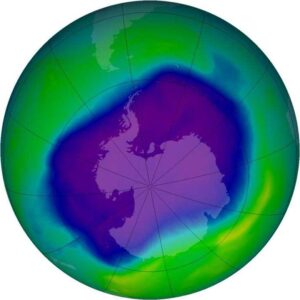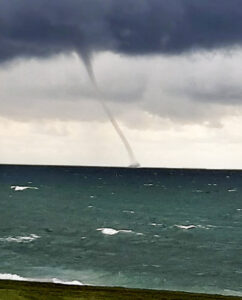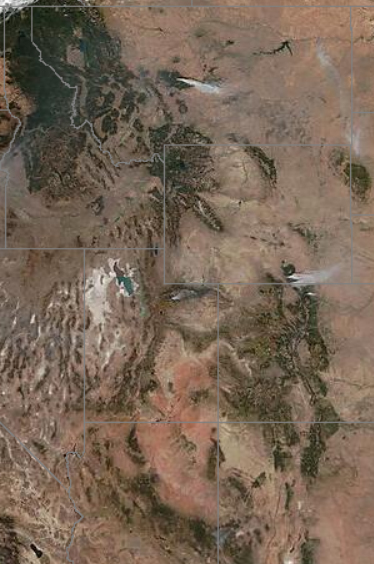
After a rather persistently cold October in which the monthly averaged temperature was 3.5 degrees below normal, the first week of November has been remarkably pleasant with high temperatures at or above 68 every day since Election Day.
Naturally, such warm weather in November arouses curiosity regarding the frequency of November days with high temperatures at or above 70 degrees in Madison.
There have been only 31 days that have reached this mark in the last 81 years, so it is a nearly 1-in-100 event. Even more interesting is how often, and for duration, consecutive November days have been at or above 70 degrees.
In the last 81 years, there have been seven occasions in which at least two consecutive November days have been that warm, five of those seven since 1999. In both 2008 and 2015 there were three consecutive days, Nov. 3-5 and Nov. 2-4, respectively, that got that warm.
Today we may be making a run at the fifth 70-plus day in a row, which would place this month in its own category, perhaps for years to come. This kind of abnormality is akin to someone breaking Joe DiMaggio’s 56-gave hitting streak by hitting in 75 straight games. Even if we fail to set this extraordinary record, if we can make it to 68, we will have had seven straight November days at that temperature, which is utterly remarkable.





